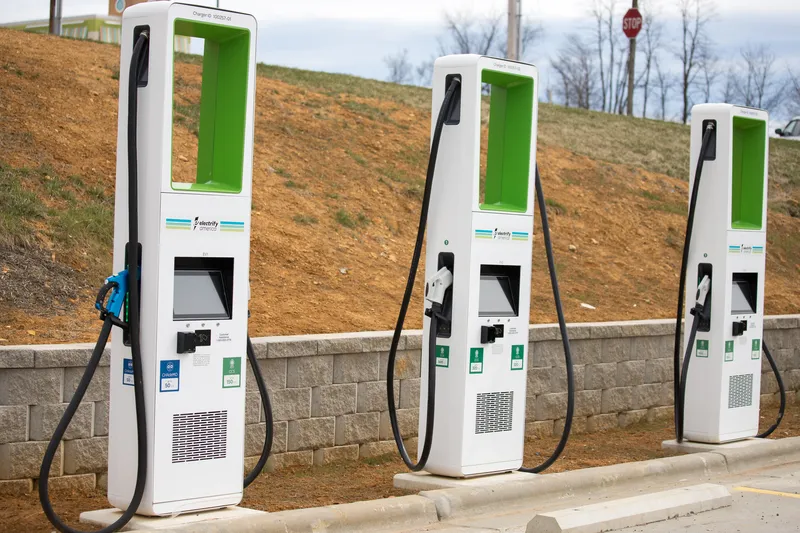The Purple Line Transit Partner consortium, comprising Fluor Enterprises, Meridiam Infrastructure Purple Line and Star America Purple Line has been selected preferred team to design, build, finance, operate and maintain the Purple Line project for the Maryland Department of Transportation (MDOT) and the Maryland Transit Administration (MTA).
Located in the Washington Metropolitan Region, the project includes 21 stations along a 16-mile alignment through Montgomery and Prince George’s counties.
The U
March 3, 2016
Read time: 2 mins
The Purple Line Transit Partner consortium, comprising 2248 Fluor Enterprises, 7905 Meridiam Infrastructure Purple Line and Star America Purple Line has been selected preferred team to design, build, finance, operate and maintain the Purple Line project for the 5629 Maryland Department of Transportation (MDOT) and the Maryland Transit Administration (MTA).
Located in the Washington Metropolitan Region, the project includes 21 stations along a 16-mile alignment through Montgomery and Prince George’s counties.
The US$2 billion project will extend from Bethesda, Maryland in Montgomery County to New Carrollton, Maryland in Prince George’s County. This new line will provide connections to several existing transit providers and improve mobility to major economic and job centres, as well as the University of Maryland in College Park. The project is intended to support community revitalisation and transit-oriented development along the corridor.
The Fluor-led design-build team, Purple Line Transit Constructors, comprises Fluor Enterprises, the Lane Construction Corporation and Traylor Bros and includes subcontractor1677 Atkins North America as the lead designer. The team will begin design and construction later this year with passenger service scheduled for early 2022. Following construction, Purple Line Transit Operators, a Fluor-led team comprising Fluor Enterprises, Alternate Concept, and CAF USA will provide 30 years of operations and maintenance services.
Located in the Washington Metropolitan Region, the project includes 21 stations along a 16-mile alignment through Montgomery and Prince George’s counties.
The US$2 billion project will extend from Bethesda, Maryland in Montgomery County to New Carrollton, Maryland in Prince George’s County. This new line will provide connections to several existing transit providers and improve mobility to major economic and job centres, as well as the University of Maryland in College Park. The project is intended to support community revitalisation and transit-oriented development along the corridor.
The Fluor-led design-build team, Purple Line Transit Constructors, comprises Fluor Enterprises, the Lane Construction Corporation and Traylor Bros and includes subcontractor









